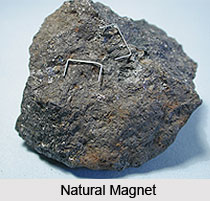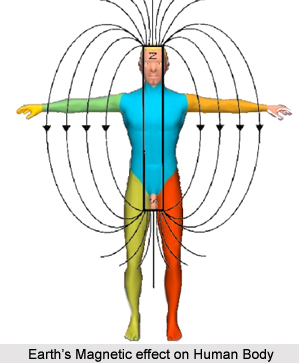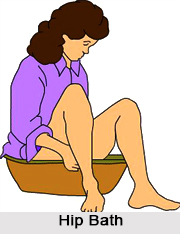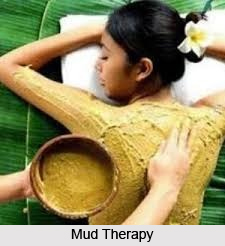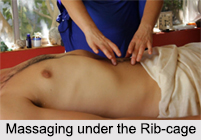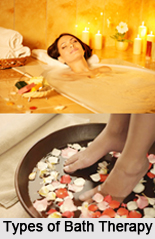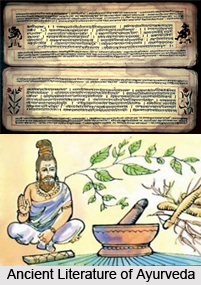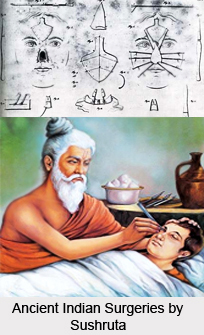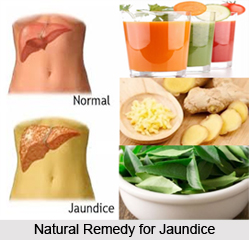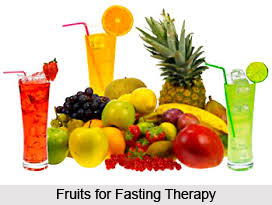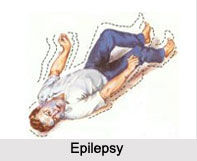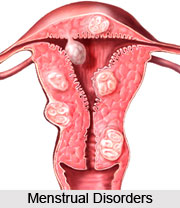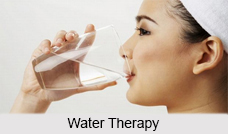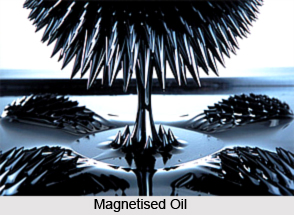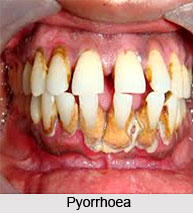 Pyorrhoea is a disease of the teeth socket, which affects the membrane surrounding the teeth-root, with loosening of the teeth, pus formation and shrinkage of the gum. These days, it is one of the most widely prevalent diseases and is the primary cause for tooth loss among adults. And if not treated properly, it may lead to loss of supporting bone of teeth and ultimately to tooth loss.
Pyorrhoea is a disease of the teeth socket, which affects the membrane surrounding the teeth-root, with loosening of the teeth, pus formation and shrinkage of the gum. These days, it is one of the most widely prevalent diseases and is the primary cause for tooth loss among adults. And if not treated properly, it may lead to loss of supporting bone of teeth and ultimately to tooth loss.
Persons of all ages can be affected by pyorrhoea. About half of the adult population over the age of 18 suffers from early stages of this disease. Even children of five years or so may have signs of the disease, and it is quite unhealthy since, it progresses with increasing age.
Symptoms of Pyorrhoea are:
•The gum becomes tender and on pressing pus oozes out along the margin of teeth and the pus from the cavities ends up in the stomach.
•When the disease is advanced, the gums become swollen and due to the pus entering the stomach, the latter does not function properly.
•After that Sepsis may appear in various forms, digestion is disturbed, liver trouble sets in and the whole system is adversely affected.
Causes of Pyorrhoea:
Pyorrhoea is triggered by bacterial activity and if the bacteria are not removed by tooth cleansing, especially after meals, it forms an organized mass on the tooth surface in a short time. This is referred to as a "bacterial plaque" when accumulated, bacteria in plaque produce many toxins which irritate the gums, cause them to become inflamed, tender and bleed easily. The bacterial activity is, is also increased due to the low vitality of the system caused by acidosis as a result of wrong feeding habits, which later on develop diseases in one form or another. Pyorrhoea is one of the many forms this swamping of the system with acid impurities takes.
•Due to the injury to the gums and supporting structures by physical and chemical irritants in the mouth, one can get infected with pyorrhoea.
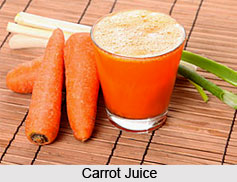
•Other factors contributing to the development of pyorrhoea include wrong brushing, stagnation of food particles and improper use of toothpicks.
•In many cases, prolonged tension and even allergy can lead to this disease.
•In some cases, the use of the pill and pregnancy can give rise to or aggravates the condition.
Treatment of Pyorrhoea by Nature Cure:
•The patient should begin the treatment with a short juice fast of either orange or carrot juice for three to five days at two-hourly intervals from 8 a.m. to 8 p.m. during this period.
•The bowel should be cleansed daily during this period with a warm water enema. If constipation is habitual, all steps should be taken for its eradication.
•After the juice fast, the patient should spend a further three to five days on an exclusive fresh fruit diet, where he should have three meals a day, at five-hourly intervals, of fresh juicy fruits such as apples, pears, grapes, grape-fruit, oranges, pineapple and melon.
•If losing much weight on the all-fruit diet, those already under weight may add a glass of milk to each fruit meal.
•Raw spinach juice is another valuable food remedy for the prevention and treatment of pyorrhoea because of its beneficial effect on the teeth and gums. This effect is greatly enhanced if the spinach juice is taken in combination with carrot juice. A permanent aid for this affliction has been found in the use of natural raw foods and in drinking an ample quantity of carrot and spinach juice.
•Thereafter the patient may gradually embark upon a balanced diet, with emphasis on fresh fruits, green salads, whole meal bread, properly cooked vegetables, cheese, nuts and milk.
•However, edibles like white bread, white sugar and all refined and tinned foods must be completely given up. Condiments, sauces, alcohol, coffee and strong tea as well as meat and other flesh foods should also be avoided. The patient should also keep away from starchy and sticky foods.
•The teeth and gum, like other parts of the body require exercise. This can be achieved by eating hard and fibrous foods. Wheat is especially valuable in the prevention and treatment of pyorrhoea. This not only provides the needed exercise for the teeth and gum but also a great aid to digestion.
•Chewing unripe guava is an excellent tonic for teeth and gums since, it stops the bleeding from gums due to its styptic effect and richness in vitamin C. Chewing its tender leaves also helps in curing bleeding from gums and keeps the teeth healthy. A decoction of root-bark can also be beneficially used as mouthwash for swollen gums.
•Lemon and lime are also useful in pyorrhoea due to their high vitamin C content. They strengthen the gums and teeth and are very effective for preventing and curing acute inflammations of the gum margins.
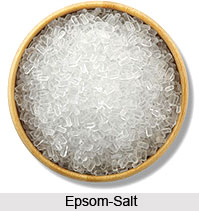 Treatment of Pyorrhoea by Magnetic Therapy:
Treatment of Pyorrhoea by Magnetic Therapy:
North-pole magnets should be applied locally over the problem side. This will not only relieve the pain, and inflammation but will also arrest the growth and multiplication of the bacteria. Regular gargling with North pole magnetized water should also be done. You can also add a little salt to the magnetized water if the salt does not hurt too much. An intake of mixed magnetized water is absolutely necessary to rid the organism of pus that circulates in the body systems and can cause many other disorders like toxemia and pain in the joints.
Home Remedies for Pyorrhoea:
•The daily dry friction and hipbath and the breathing and other exercises should form a part of the morning routine. A hot Epsom-salts bath taken twice weekly will also be beneficial.
•Teeth should be cleansed every morning and night with a little lemon juice squeezed on the toothbrush, after it has been dipped into warm water. Afterwards mouth should be well rinsed with warm water containing lemon juice. The forefinger of the right hand should be rubbed gently over the gums for a minute or two after each brushing.





